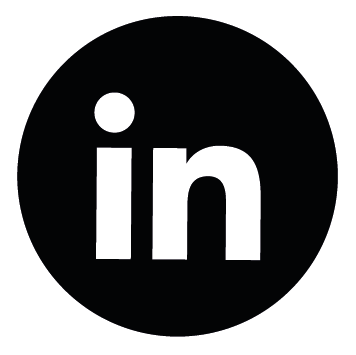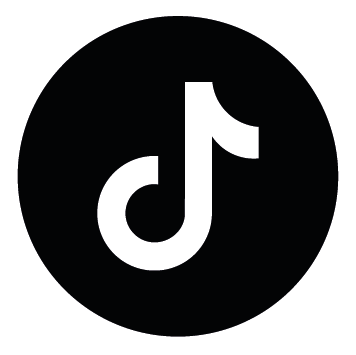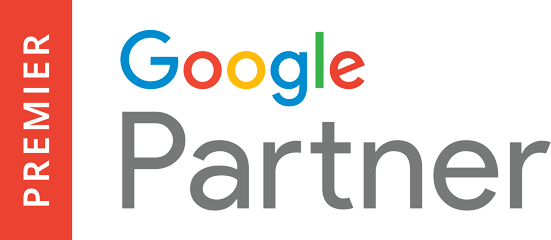Performance Max (PMax) is a Google Ads campaign type designed to automate ad distribution across all of Google’s properties, including YouTube, Display, Search, and Gmail. Leveraging artificial intelligence, PMax aims to optimise performance by reaching broad audiences with minimal manual intervention. While advantageous for small businesses with limited resources, educational institutions often need a more controlled and nuanced approach. In this article, we explore why educational institutions may want to reconsider using Performance Max in its default form.
Understanding the Best and Worst of Performance Max
Performance Max shines in top-of-funnel (TOF) marketing. Its ability to reach large audiences across all Google channels offers a significant advantage for awareness campaigns. The AI-driven optimisation adjusts bids and placements automatically, effectively driving general visibility with minimal oversight. This can be beneficial for institutions aiming to build broad awareness, particularly when targeting prospective students in the early stages of their journey.
On the downside, PMax lacks the granular control needed for mid-funnel (MOF) and bottom-funnel (BOF) activities, where targeted messaging and audience segmentation are critical. Marketers who rely on Performance Max surrender a high degree of control over to Google. In return they lose the ability to optimise and control ad placements to balance quality over quantity. Performance Max campaigns also return less detailed reporting, limiting learnings.
Where Performance Max Misaligns with Educational Institution’s Goals
Plainly stated, there are four main reasons Performance Max fails to meet the needs of educational marketers.
1. Audience Segmentation: Educational institutions often have multiple audience segments which require unique approaches. These include domestic vs international students, undergraduate vs postgraduate prospects, parents vs applicants, researchers, policy makers, local businesses and more. Each of these audience groups require tailored strategies, but PMax’s broad targeting doesn’t provide the necessary precision to reach these distinct groups effectively.
2. Control Over Messaging: The student journey involves complex decision-making processes at different stages. PMax’s automated approach may misplace ads in contexts that don’t resonate with prospective students current outlook, hindering lead quality.
3. Ad Placement Control: Brand integrity and appropriate placements are vital for institutions of all sizes. PMax’s automation can cause ads to appear on irrelevant or low-quality websites, which may dilute brand reputation.
4. Performance Tracking: Educational institutions engage in relationship-based marketing, where tracking student interactions over time is crucial. The limited reporting in PMax makes it difficult to connect campaign performance with long-term goals, such as enrollments or higher-quality applications.
These challenges make it difficult for educational institutions to align PMax with their broader marketing strategies, which often require more precise control to meet specific objectives.
Google’s Interests vs. Advertisers’ Needs
Given what we’ve covered, you might now be wondering why Google recommends a product with greater risks lower down the conversion funnel. It comes down to profitability.
Performance Max promises to make marketer’s lives easier, but It’s important to acknowledge Google has a vested interest in driving higher ad spend through ad automation. That’s because the system is designed to spend budgets in full by maximising all possible placements, encouraging higher impressions and clicks, but with little consideration of lead quality. In short, campaigns will spend in full, but aren’t optimised for nuanced performance metrics.
While PMax works well for small, resource-strapped commercial teams that benefit from its ease of use, it may not be suitable for institutions with specific goals. For those working with agencies or large internal marketing teams, the lack of control and detailed insights may actually lead to inefficiencies in ad spend.
Using Performance Max Effectively
Despite its limitations, Performance Max can still serve a purpose for educational institutions, particularly for top of funnel activities. PMax’s strength lies in raising broad awareness, making it suitable for promoting general institution branding or introductory content. However, as prospective students move through the decision-making process, manual search campaigns, remarketing efforts, and custom audiences offer the segmentation and precision needed to attract high-quality leads.
Institutions need to find a balance between the automation of Performance Max and the manual control offered by traditional campaign types. This hybrid approach allows institutions to leverage the benefits of automation without sacrificing the quality and specificity required for long-term, relationship-based marketing efforts. Institutions that carefully manage this balance are better positioned to attract high-quality leads and successfully guide students through the decision-making process, from awareness through to enrolment.









